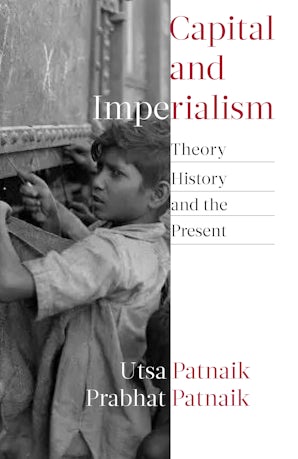Also in this issue
- An Overview of the Food and Agriculture Crisis
- Food Wars
- The World Food Crisis in Historical Perspective
- Sub-Saharan Africa's Vanishing Peasantries and the Specter of a Global Food Crisis
- Free Trade in Agriculture: A Bad Idea Whose Time Is Done
- Reducing Energy Inputs in the Agricultural Production System
- Agroecology, Small Farms, and Food Sovereignty
- Fixing our Global Food System: Food Sovereignty and Redistributive Land Reform
- The Venezuelan Effort to Build a New Food and Agriculture System
- From Food Crisis to Food Sovereignty: The Challenge of Social Movements
Books by Utsa Patnaik
Capital and Imperialism
by Utsa Patnaik and Prabhat Patnaik


